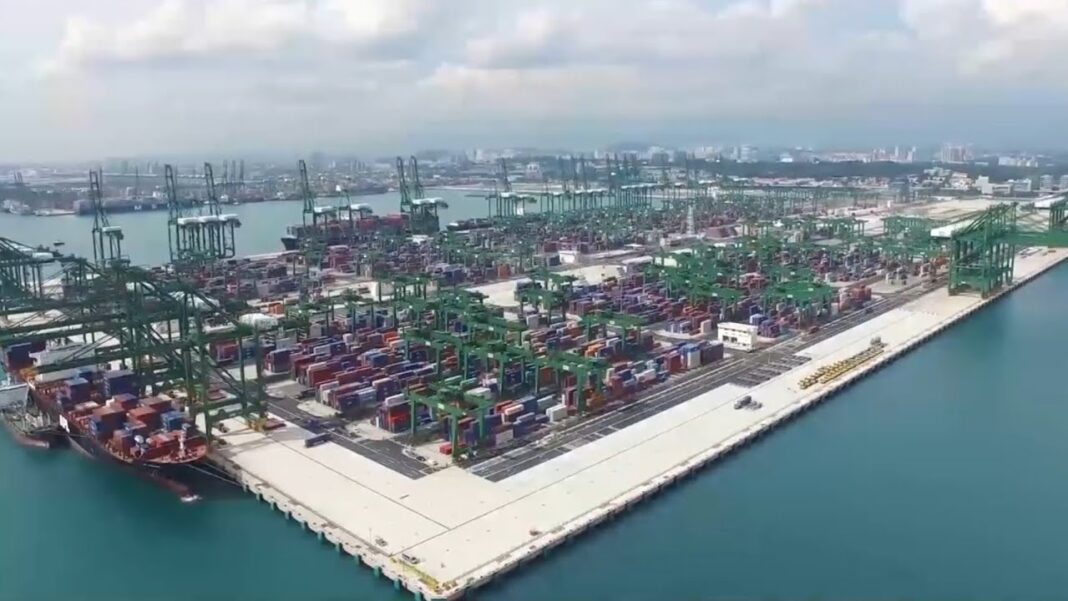The tech and retail giant is expanding its same-day grocery shipping in another bid to capture a bigger piece of the $1 trillion grocery market.
Amazon is making another concerted effort to capture a larger slice of the $1 trillion U.S. grocery industry.
The Seattle-based online retail and technology giant announced on Aug. 13 that it will expand its same-day delivery service to include perishable groceries in 1,000 markets. Amazon plans to extend its coverage to more than 2,300 markets by the end of 2025.
“This shift marks a major step toward a seamless, all-category Amazon shopping experience—and underscores Amazon’s ambition to lead the future of the U.S. grocery market,” Jack O’Leary, director of eCommerce Insights at NielsenIQ (NIQ), said in an Aug. 15 analysis.
The expansion of same-day delivery was an “important step forward in Amazon’s broader strategy“ and should help it capture a portion of the perishable business where it has ”struggled historically,” a team of analysts at Wedbush Securities said in an Aug. 13 research note.
Amazon has been trying with little success to disrupt the grocery business for nearly 20 years, Jason Goldberg, chief commerce strategy officer at Publicis Groupe, told The Epoch Times.
In 2007, Amazon launched its grocery store concept and delivery service, Amazon Fresh. In 2017, it spent $13.7 billion to purchase specialty grocer Whole Foods Market and its 500 locations across the country.
Amazon has launched other grocery chains and concepts over the years, but most of those are now shuttered, according to Goldberg, a longtime observer and commentator on retail brands and strategy.
“The one category they’ve invested a lot of time and money in that they have not done particularly well is grocery,” he said.
“As they’ve improved their supply chain and gotten more efficient, they’ve been able to sell a lot more of those lower-cost everyday essentials, but they actually haven’t been very successful at selling fresh and frozen products.”
Food purchases made up 18 percent of Amazon’s total online sales over the past 52-week period, according to the analysis by NIQ.
That trails major competing retailers, in which food purchases made up about 58 percent of sales generated in the same period.
“Closing this gap will be one of the most lucrative growth opportunities in the future of U.S. retail, and Amazon is positioning itself to be a key player,” NIQ analysis authors Jack O’Leary and Dan Bonert said.







